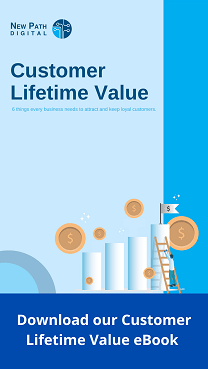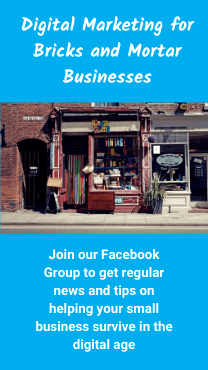It is difficult to find your customers online if you don’t know who you are looking for. But who is your typical customer?
An easy way to answer this question is to break customers into groups based on what makes them similar. For example, male versus female, old versus young or where they live.
Unfortunately to be successful in the digital world, this approach to grouping customers isn’t enough anymore. It used to be enough, but with all the data and complex formulas Facebook and Google use, you need to be more sophisticated in the groups you create.
The best way to really understand your customers and group them together is to create customer profiles (Personas is the digital marketing jargon for this) for the main types of customers you have.
There are a number of ways to do this but using a profile (or persona) template is the easiest.

Creating a Customer Profile
The common things to include when creating a customer profile are: Age, Gender, Where they live, Occupation, Income, Family Status, Devices or Technology they use (iphone, PC etc), Social Media channels, Goals, Interests, Motivations and Frustrations.
Your goal is to bring them to life as a person. Humanise them, so that when you are advertising to them or developing new products and services for them, you have empathy for them. You are making sure you are meeting their needs.
When it comes to advertising, especially on digital channels such as Facebook and Instagram, if you have a great profile of your customer, you can be super specific in who sees your ads – which saves you money in the long run. There are literally thousands of groups to target, from the basic demographic details like age, gender and location, but also interests.
It is easy to create a customer profile. Start with the list we have above. Write down the detail of the people who come into your shop on a regular basis. For example, with a store that sells camping equipment, the profile might look like this:
- Name: Jarrod
- Age: 38
- Gender: M
- Family: Married with 2 kids
- Live: Outer Western Suburbs of Sydney
- Occupation: Project Manager
- Income: $120k per year
- Devices: iPhone
- Social Media channels: Facebook and You Tube
- Goals: Financial Security, Quality Time with his Family, Time in the outdoors
- Interests: Camping, Boating
- Motivations: Family
- Frustrations: Time it takes to set up when on a camping trip. Finding a free weekend to go camping.
You can see, just by these few details, if you are the owner of this store you have a better understanding of who your customers are and what they need.
One tip – it is great to put a name on your profile. This really humanises the profiles.
Do as many as these as you think are relevant for your customers. You don’t want to go to crazy. Between 1-4 should be enough.
Once you have it, validate it with your customers. Especially the Goals, Interests and Motivations. You can do this a number of ways, you can send an online survey to your customers if you have their email address or you can ask them as part of the conversations you have when they are in your shop.
One important thing to do when creating these profiles is to involve your team, especially your salespeople. They will have a vast amount of knowledge about what makes your customers tick.
You might think this is a silly exercise, but if you are not doing this, your advertising is most likely bland. In trying to appeal to everyone often you appeal to no one. Customers expect relevancy, they see so much advertising and content every single day. For you to be noticed, your message has to resonate with them, it has to speak directly to them and to do this you have to know them like you know your friends.
To create your own customer profiles, you can download a link to a template here.
Remember, digital marketing is more than just Facebook and a website these days. To be successful you need to follow these 6 principles:
- Know your Customer
- Understand their Journey
- Provide relevant Content
- Use multiple Touchpoints
- Collect useful Data
- Install efficient Systems
When they work well together, you can maximise the Lifetime Value of your customers.
If you would like to know more about ways to increase the Lifetime Value of your customers, join our Facebook Group – Digital Marketing for Bricks and Mortar Businesses. Use this forum to ask questions and receive regular updates on how to grow your business through digital marketing.



